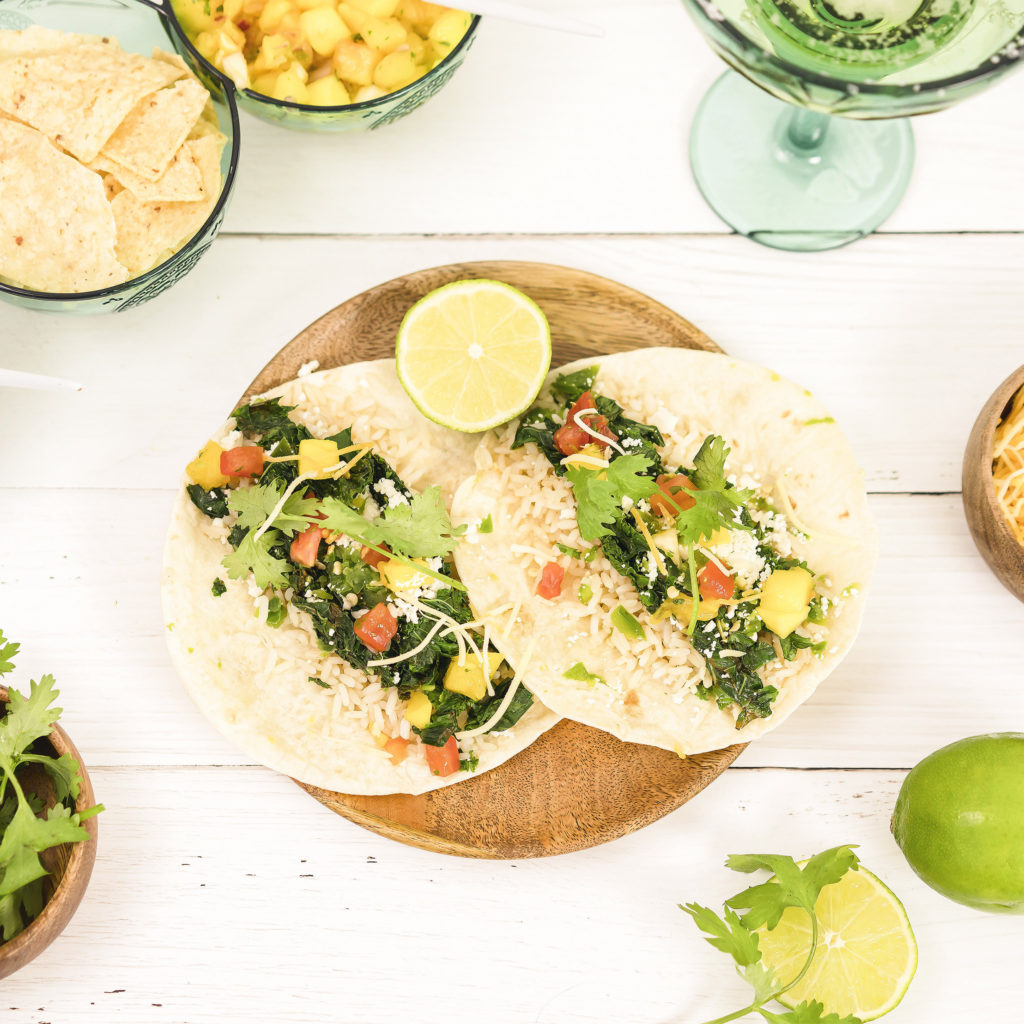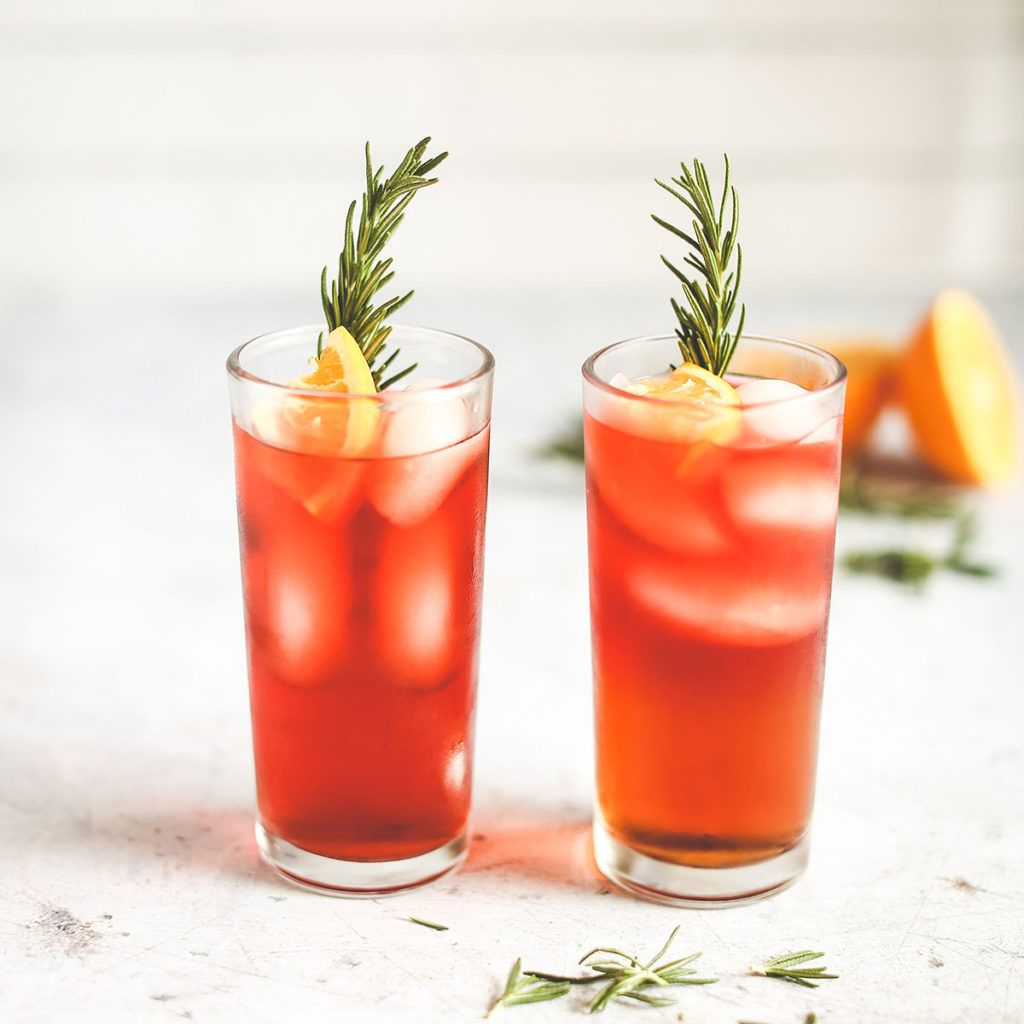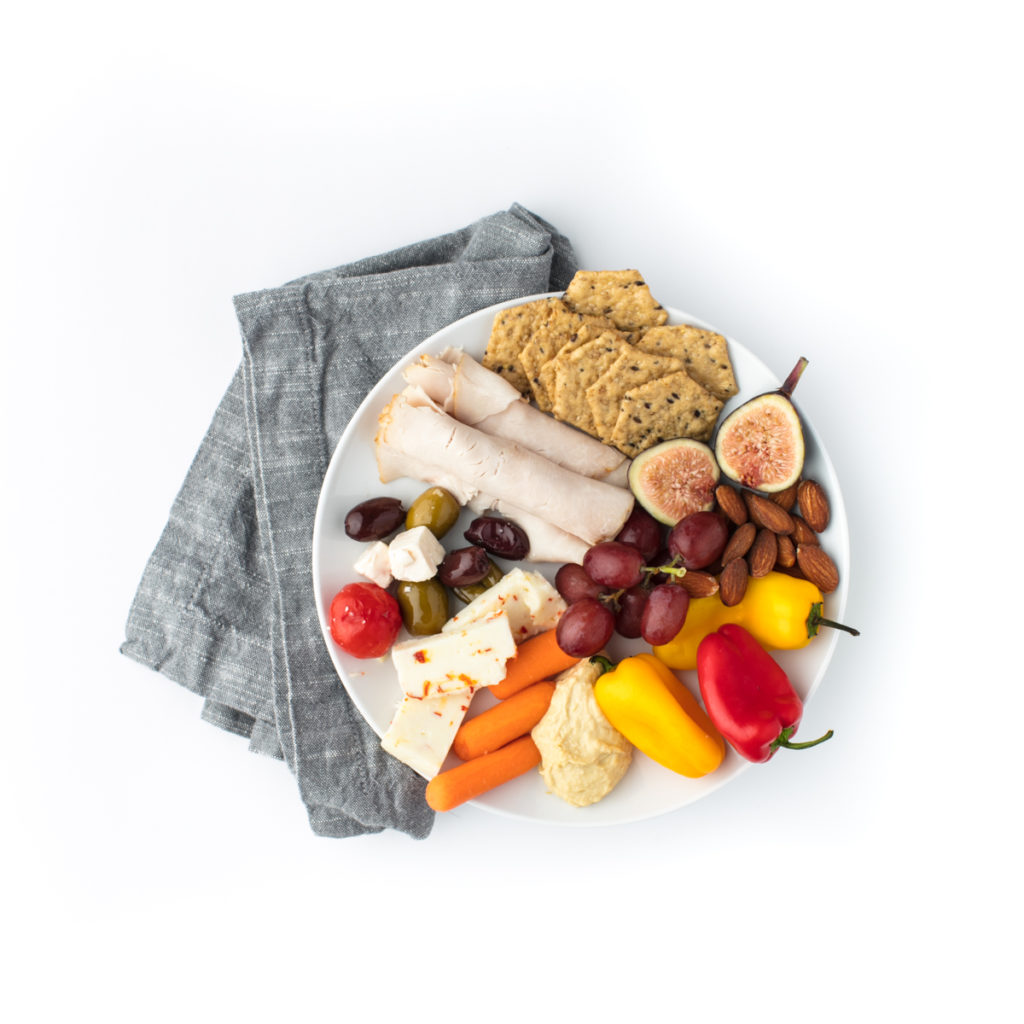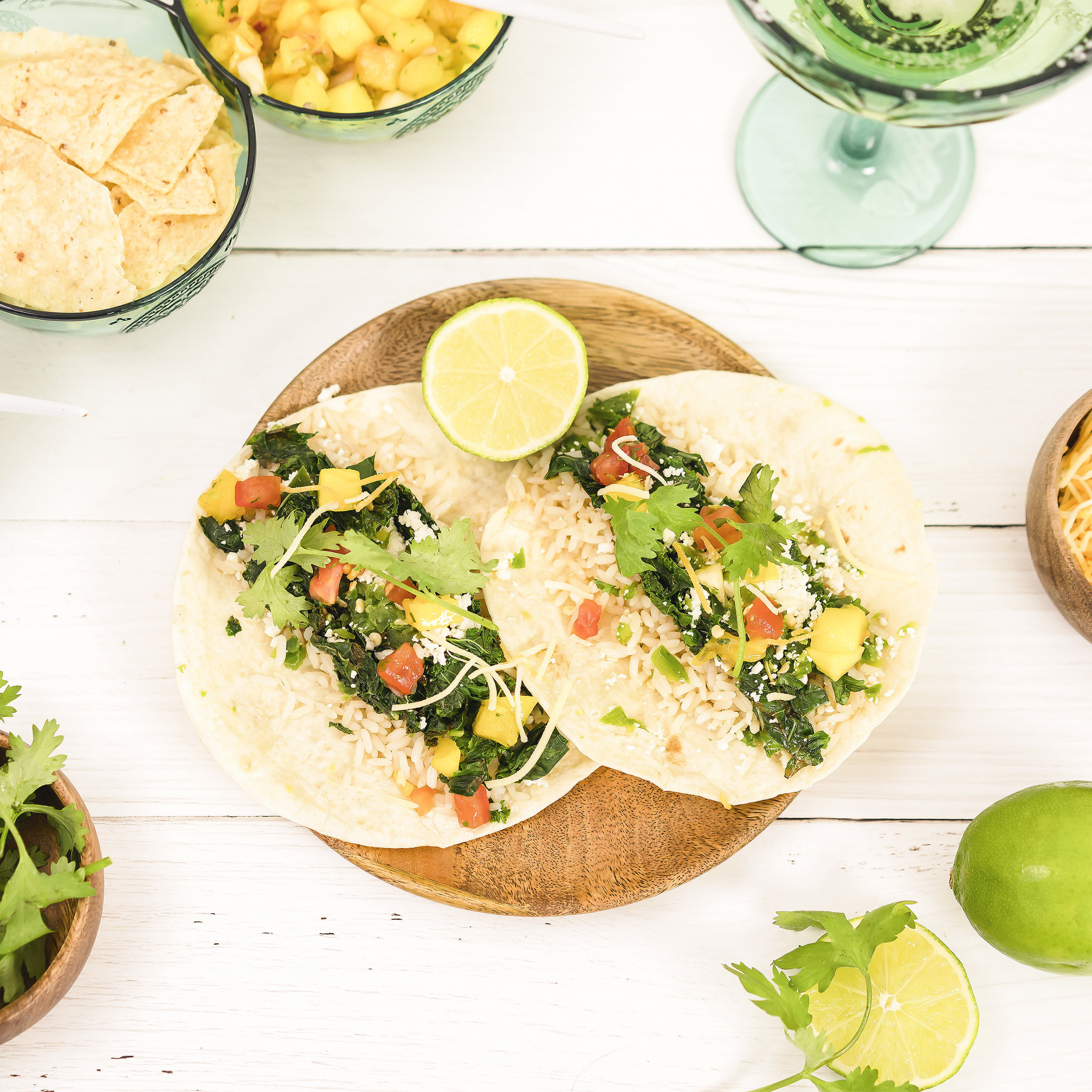When you begin planning your wedding, you’ll quickly realize there is a lot of wedding lingo. One category of planning that tends to have quite a bit of this lingo is catering. In order to prepare you for the questions you’re caterer might ask you to put together a quote for you, we’ve complied this crash course on wedding food and catering terms.

Types of Food Service
Buffet – A variety of dishes are displayed on tables and allow guests to pick and choose which food items they’d like
There are two typed of buffet options: staff-served and self-serve. A staff-served buffet is where your caterer will assist guests in plating their meal through the line, while a self-serve buffet allows your guests to plate their own meal.
You may also hear the term double-sided buffet and this just simply means that you have the lines of the buffet going on both sides of the food table. This option is only available if you are doing a self-serve buffet.
Plated Dinner (aka Sit-Down Dinner) – For a more formal wedding dining experience, this option is as if you were to attend a restaurant and your food is brought to you. Usually with plated dinners, guests have the option of one-three meals that they decide upon when they RSVP for your wedding. Plated dinners can also allow for an appetizer such as a salad that is preset at each place setting when guests arrive to the reception post ceremony.
Family Style – If you’ve ever been to a Paula Deen’s Family Kitchen, you know what family style service is. Family style is when platters of food are placed at each table and guests serve themselves in a “pass the food” type way.
Stations – Food stations are becoming more popular among weddings. Stations are when you have two-four food locations throughout your reception space. This helps provide and mix and mingle feel among guests. Plus, if you are wanting to offer a variety of food options, stations allow you to do so in a unique way.
Keep in mind when you do offer food stations, you will need to purchase or have your caterer provide more plates and utensils than you would for a buffet or plated dinner as guests usually go to each station and get a new plate.
Carving Station – This could be a station to go alongside the above or could even be added to your buffet. A carving station is when the catering chef will personally cut the meat(s) of your choice for your guests. This allows guests to decide what meat cuts they prefer. It’s also a great interactive piece to the food menu that adds an element of sophistication without breaking the bank.
Action Station – A table where the chef or catering team prepares food in front of guests
Hors D’oeuvres – A fancy term for appetizer or finger-foods, hors d’oeuvres are dishes that are bite-sized and served prior to the main meal.
There are two ways you can serve appetizers and that is either passed and stationary. Passed apps is when your caterer will have team members walk around offering guests the savory dish and stationary apps are when guests can come to a specific table to choose which appetizers they would like to taste.
Charcuterie – A variety of meats and cheeses organized in an eye-catching way on a serving platter
Far too often, couples think that a plated dinner will cost more than a buffet and that isn’t always the case. Couples also tend to think that having a heavy appetizer reception can be more cost-effective than a buffet, but this generally is not the case. When you talk to your caterer be completely open and honest about your budget and they’ll be able to help steer you in the best direction for your wedding budget and overall feel and vibe of your menu.

Drink Service + Terms
Open Bar (aka Host Bar) – An open bar is where the couple or host of the wedding pays for all the guests drinks for the entire event
Cash Bar – This is when the host does not pay for the guests drinks for the entire duration of the event. Guests are responsible for paying for their own alcoholic drinks.
Cash bars can be off-putting to guests so what is often suggested is to offer a limited amount of liquor or a signature drink for only a set time and let beer and wine be served for the full reception time. You can also discuss with your bartender/caterer about staying under a certain tab amount. And, if by chance, you start getting near the pre-discussed tab amount you can decide the day-of your wedding if you’d like to keep the bar open or provide a last call for guests.
Signature Drink – Offering one or two drinks (often a his and hers drink) that have hard liquor. For example… Moscow Mule, Frozen Margarita, Tequila Sunrise, Mint Julep, Old Fashioned.
Dry Wedding – This means no alcohol will be served
Corkage Fee – Some venues do allow outside alcohol to be brought in, but require a corkage fee when doing so. This means there is a fee for each bottle served at the event.
Mocktail – Created to resemble a cocktail, a mocktail does not contain any alcohol. A common mocktail you may know of is a Shirley Temple.

Money Terms in Catering
Plus Plus – Usually noted by ++ this means that the price listed does not include taxes or service charges. So if a meal is $23pp++ that means it is $23 per person plus tax plus service charge.
Minimum – Some caterers will require you to meet a minimum dollar or guest count. For example, if your event is only hosting 15 people, but the caterer requires a minimum of 25 guests, you’ll be responsible for paying for 10 additional meals.
Service Charge – A charge added (and necessary to your catering quote) for event staff and the cost of labor
Additional Catering Terms
Charger – A charger is a decorative plate to be placed beneath the actual eating plate.
Cutlery – Refers to your food utensils (i.e. spoon, knife, and fork)
Full-Place Setting – This means you’ll have each table already set with napkin, cutlery, plate, and glassware prior to guests arriving at the reception. Know that is okay to have a partial place setting too where maybe a napkin and cutlery are only preset.
Tasting – Your caterer may ask if you’d like to set-up a tasting time with them to finalize your wedding menu. This is when you’ll be able to sample the food you’ve pre-selected and discuss any changes such as spices, etc. with your caterer
Vegetarian – A non-meat meal option for your guests
Vegan – A non-meat and no animal products of any kind option for guests
Gluten Free – Staying away from foods that contain wheat, barley or rye such as breads and pastas
Bussing – This means the catering staff will help gather trash and empty dishes from guest tables
Full-Service Caterer – A catering team that can do it all! From serving the food, cutting the cake, providing the dish ware, bussing tables, providing bartending staff, and more
Head Count – Providing the final total number of RSVPs to your caterer, generally two weeks prior to your wedding date. Keep in mind if you are having a plated dinner with meal options, the meal list and seating chart is usually needed two weeks out as well for your caterer.
Whew! There is your crash course on wedding food terms.
We hope you feel confident in going into your meeting with your caterer now. And, keep in mind, we have amazing caterers in Arkansas that are always happy to help inform you on catering details. Check out our caterers who are featured on The Wedding Blue Book here and our bartenders here.
Crash Course on Wedding Food and Catering Terms
